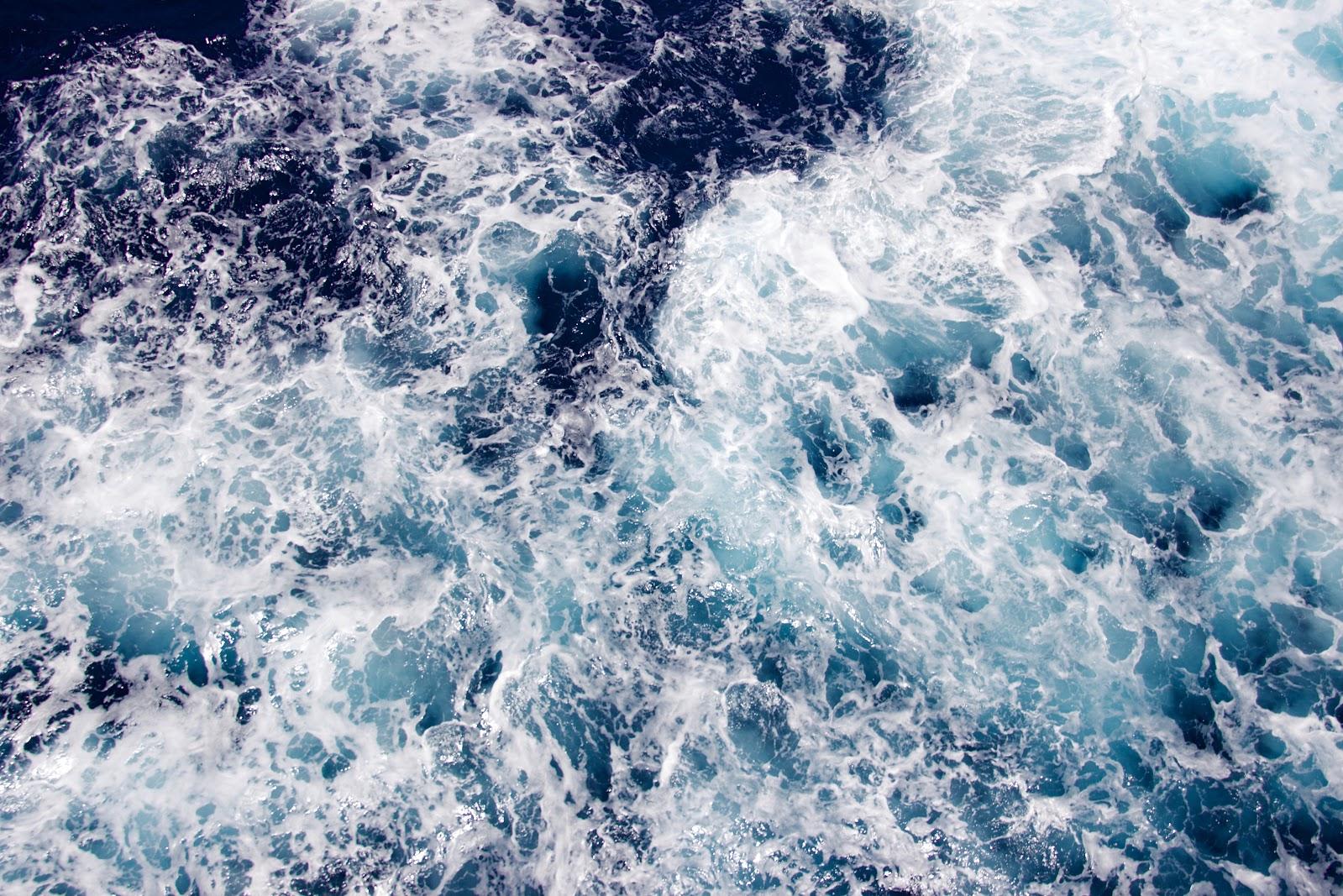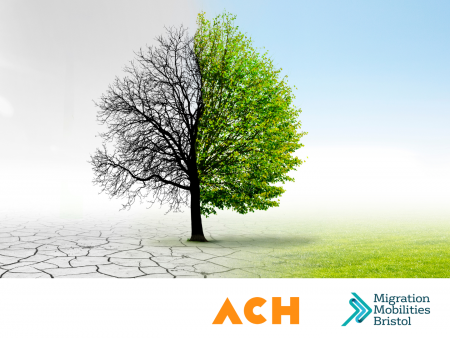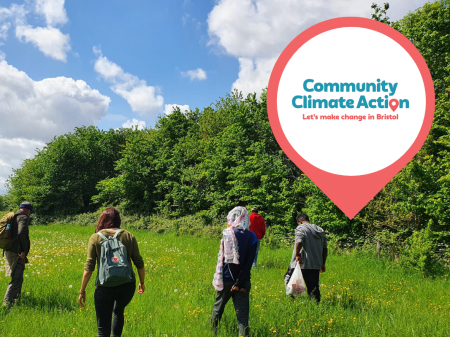
Climate Change & Forced Migration: The Biggest Refugee Crisis Yet?
What is a climate refugee?
A climate refugee is someone who has been forced to leave their home as a result of the effects of climate change on their environment, usually relating to factors such as sea-level rise, extreme weather and drought. Research suggests that the Earth’s climate is changing at a rate exceeding most scientific forecasts, compromising the safety and livelihoods of those living in affected areas. While some try their best to adapt to the changing environment, many others find themselves forcibly displaced from their homes.
Statistics & projections
So how do we assess the scale of the problem? Is it even possible to know how many climate refugees there are now – or how many there will be in future? It’s hard to say for sure.
The Internal Displacement Monitoring Centre’s Global Report on Internal Displacement provides some helpful statistics, presenting the latest information on internal displacement caused by conflict, violence and disasters.
The report tells us that there were 28 million new displacements associated with conflict and disasters across 148 countries and territories in 2018. According to Alexandra Bilak, IDMC Director: “The number of people living in internal displacement is now the highest it has ever been. Unresolved conflicts, new waves of violence and extreme weather events were responsible for most of the new displacement we saw in 2018.”
What’s more, almost two-thirds more internal displacements were triggered by disasters (mostly weather-related) than conflict and violence in 2018. As climate change continues to influence the scale and frequency of disasters, we can assume that these figures will increase.
Climate refugee policy
In 2018, the UN recognised climate change as a driver of migration for the first time. UNHCR has played a pioneering role in raising awareness about climate change as a driver of displacement and the need to address global policy for people displaced. They carried out this study to identify solutions that would bolster the implementation of refugee law-based international protection.
The study, International protection in the context of nexus dynamics between conflict or violence and disaster or climate change, examines the protection provided to people where conflict or violence interacted with climate change or disaster and presents 12 recommendations (pages 13-15).
One of the main challenges outlined in the study is being able to tell when the environment is the main factor triggering migration. Climate refugees pose a particular challenge for international policymakers; while some are affected by a specific disaster, like a bad storm, others are forced to move due to slow-onset changes like sea level rise and water scarcity. Additionally, there may be other factors at play that could prompt someone to move, making it harder to identify them specifically as climate refugees.
Climate refugee map: where is worst affected?
Source: IDMC
The International Displacement Report 2019 (referenced earlier) shows a map of displacement classified by conflict and disasters in 2018. While displacement is a global challenge, we can also perceive that it affects some regions more than others.
The total number of new displacements related to disasters in 2018 was 17.2 million, most heavily concentrated in the Philippines, China, India, the US and Indonesia. Of these displacements, 16.1 million were weather-related. In general, East Asia and Pacific and South Asia experience the highest displacement associated with disasters.
Watch the documentary
Climate Refugees is a 2010 American documentary by Michael P. Nash, which attempts to cover the human impact of climate change by considering those who could most be affected.
It was the first feature film to explore in detail the global human impact of climate change, transforming the distant concept of global warming into a tangible human problem with worldwide ramifications.
Filmed across Bangladesh, Tuvalu, China, Fiji, Chad, Sudan, Kenya, Maldives, Europe and the US, the documentary follows refugees forced to leave their homes by climatic events – with little or no protection. It is described as “a compelling watch, but a film that raises questions around the portrayal of victims” by Climatemigration.org.uk.
What are the solutions?
Climate change is more than just an ecological issue: it’s a human rights issue. The Environmental Justice Foundation calls for the following actions in response to the crisis:
-
All countries to rapidly and fully implement the global climate agreement agreed in Paris in December 2015 and support efforts to raise their emission reduction pledges over time in line with its goal to phase out man-made emissions and keep global temperature rise below 1.5°C on pre-industrial levels.
-
Governments to recognise climate refugees and support a new legal agreement to guarantee their rights.
-
A UN Special Rapporteur on Human Rights and Climate Change to examine the issues surrounding climate change and human mobility, help protect the most disadvantaged and vulnerable populations within and across countries, and guide international action on climate-induced displacement.
According to UN Secretary-General, António Guterres: “Climate change is now found to be the key factor accelerating all other drivers of forced displacement. These persons are not truly migrants, in the sense that they did not move voluntarily. As forcibly displaced not covered by the refugee protection regime, they find themselves in a legal void.”
The UK Parliament declared a climate emergency on 1st May 2019 following a series of protests by environmental activist group Extinction Rebellion. George Monbiot, a British writer known for his environmental and political activism has been vocal about the fact that micro-consumerist changes are not enough – we need big, structural, political, economic change. Likewise, natural historian David Attenborough also believes it’s possible to save our planet:
Key solutions include:
-
Energy revolution
-
Food consumption
-
Managing our oceans
-
Rewilding and restoration
Around 1.6 million students are estimated to have skipped school to protest against climate inaction. Leading the charge is Swedish schoolgirl and outspoken climate activist, Greta Thunberg. “I’m sure that the moment we start behaving as if we were in an emergency, we can avoid climate and ecological catastrophe. Humans are very adaptable. But the opportunity to do so will not last for long,” she says.
Clearly, the climate refugee crisis is a complex ecological and humanitarian issue that requires a multifaceted approach. According to a recent story in the Guardian, we may soon see Britain’s first climate refugees forced to leave their homes due to rising sea levels. Climate change could be the catalyst for the biggest refugee crisis yet – our actions now will impact generations to come.
ACH is a social enterprise working to integrate refugees in the UK. Find out more or work with us.


